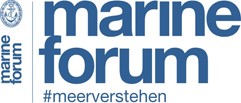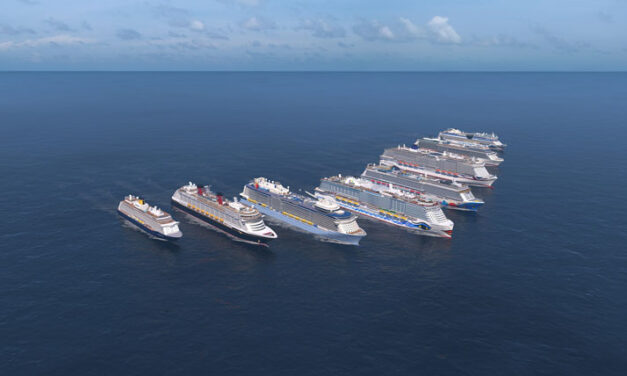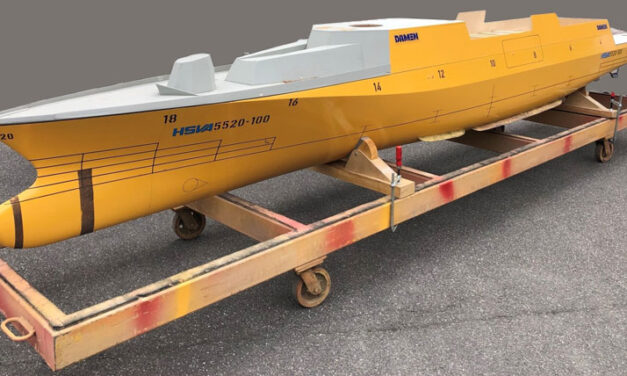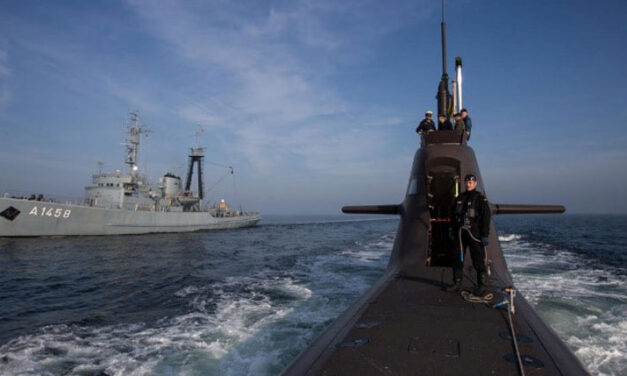The containers have had their day
After more than 20 years of service, the Marine Rescue Centre is now being "reinvented". The future i-Merz is optimised in terms of medical technology and comprehensively integrated into the task force providers. The three task force supply centres are the backbone of the German Navy for supplying national and international naval units during operations and exercises. Over 230 tonnes of provisions and 9000 cubic metres of fuel - enough to refuel 130,000 mid-range cars in an entire small town - are just a small part of the comprehensive logistical supply. And this can be done at any time and in any place in the world that combat ships can reach. Up to two ships can be refuelled in parallel at a distance of...
Weiterlesen





Latest comments